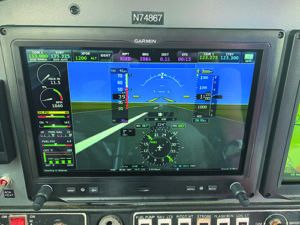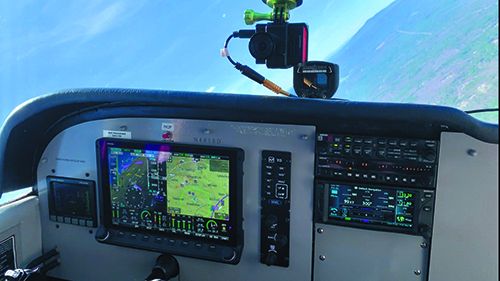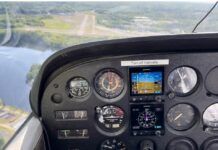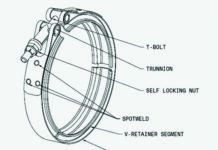When the calendar turns a new year I’m often asked what I think the future holds for the market, from avionics to new airplane sales and everything in between. And as we turn a new year (and a new decade), my guess may be as good as anyone else’s. But looking back on 2019, and at some of our major coverage, could offer at least some clues. I’ve said it before and I’m sticking with my prediction that the FAA will tighten its hold on new product certifications. It’s a good thing we made all that progress last decade—and boy has there been progress, especially when it comes to lower-cost avionics. Let’s review.
The party started when the FAA turned a regulatory corner in 2015 when it gave the green light to replace spinning iron gyros and the vacuum systems that drive them with solid-state electronic attitude instruments. Turns out that ultimately birthed new products for the certified airplane market that were reserved for experimentals. First it was Dynon, which partnered with the EAA (Experimental Aircraft Association) and scored an AML-STC to retrofit the D10A EFIS into lower-end Part 23 aircraft. Garmin competitively and swiftly followed with a more extensive AML-STC for the installation of the G5 EFIS, arguably one the most successful retrofit avionics products we’ve seen since the GNS 430. That easy regulatory momentum (the trend of installing non-TSO’d primary flight instruments under a wide-reaching STC, that is) kept rolling with experimental (and affordable) autopilots. Recall that it was TruTrak and Trio—two big names in experimental autopilots—that earned STCs for installation in certified aircraft. And of course Garmin joined that party, too, and continues to hammer out STCs for its GFC 500 autopilot. That system trickled down from the experimental market. But perhaps the ultimate regulatory break came from Dynon and Garmin, which both earned wide-reaching STCs for experimental integrated flight decks for Part 23 aircraft. Dynon’s SkyView Certified is pictured above in our flight trial in a vintage Cessna Skyhawk, as is Garmin’s G3X Touch in a Grumman Tiger. I never thought we would see those systems transplanted in the panel of mainstream certified airplanes, did you?

And then there was Garmin’s Emergency Autoland—the biggest announcement of the century, and in Garmin’s corporate history. As we go to press the system is still pending type certification in Piper’s M600 turboprop and in the Cirrus Vision Jet G2. Many ask me why it’s taking so long and I suspect we’re seeing a glimpse of a new trend in the FAA certification that suggests more caution, especially given the level of automation that exists in Autoland. We all agree it’s a real possibility and it’s become a cliche, but the Boeing 737 MAX problem could be playing a role in what could be a new regulatory approach to certification. That’s really too bad because of course more certification rigor means, you guessed it, higher costs passed along to the buyer. No matter what the right answer is, there’s no denying that eliminating the costly old-school TSO process has led to lower costs. We have autopilots priced well south of $10,000 and primary EFIS priced well south of $5000. That was a dream at the beginning of the last century and it’s giving old aircraft new leases on life.
Only time will tell if we’ve seen the end of a more relaxed certification process, and that includes the process for certifying automated airplanes, but I’m hearing more people talking about making the switch to experimental and even LSA models for fear of higher prices. My crystal ball tells me that’s something we’ll be watching and reporting on moving forward.





